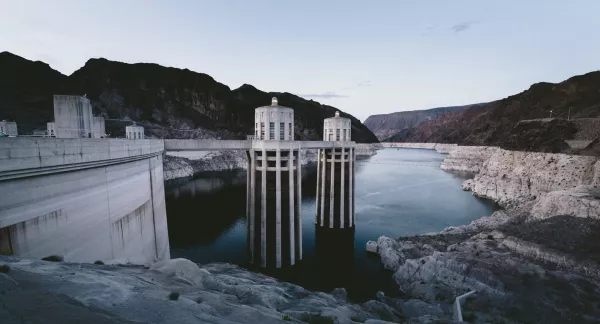Phosphorus Removal Potential Using Biogenic Iron Oxides
Abstract
Discharge limits for phosphorus point sources such as wastewater treatment plants are being lowered to levels that may not be attainable with historical treatment technologies due to process limitations and cost. Alternatives, such as phosphorus filtration with iron-rich substrates could possibly be reliable, sustainable, and cost effective way to remove phosphorus from waste streams. This project evaluated biogenic iron oxides produced by microaerobic, iron-oxidizing bacteria as a phosphorus filtration matrix. The bacteria grow at near neutral pH (5.5-7.5) and deposit iron oxides as a by-product of growth and are found in groundwater seeps, freshwater wetlands, and clogged wells and pipes. The authors previously demonstrated that the biogenic iron oxides from one natural wetland bound phosphate well (Rentz et al., 2009). This report provides a more thorough evaluation of biogenic iron oxides as a phosphate filtration matrix. Published by WERF. 72 pages. Online PDF. (2010)
Originally funded as WERF project U1R07.
